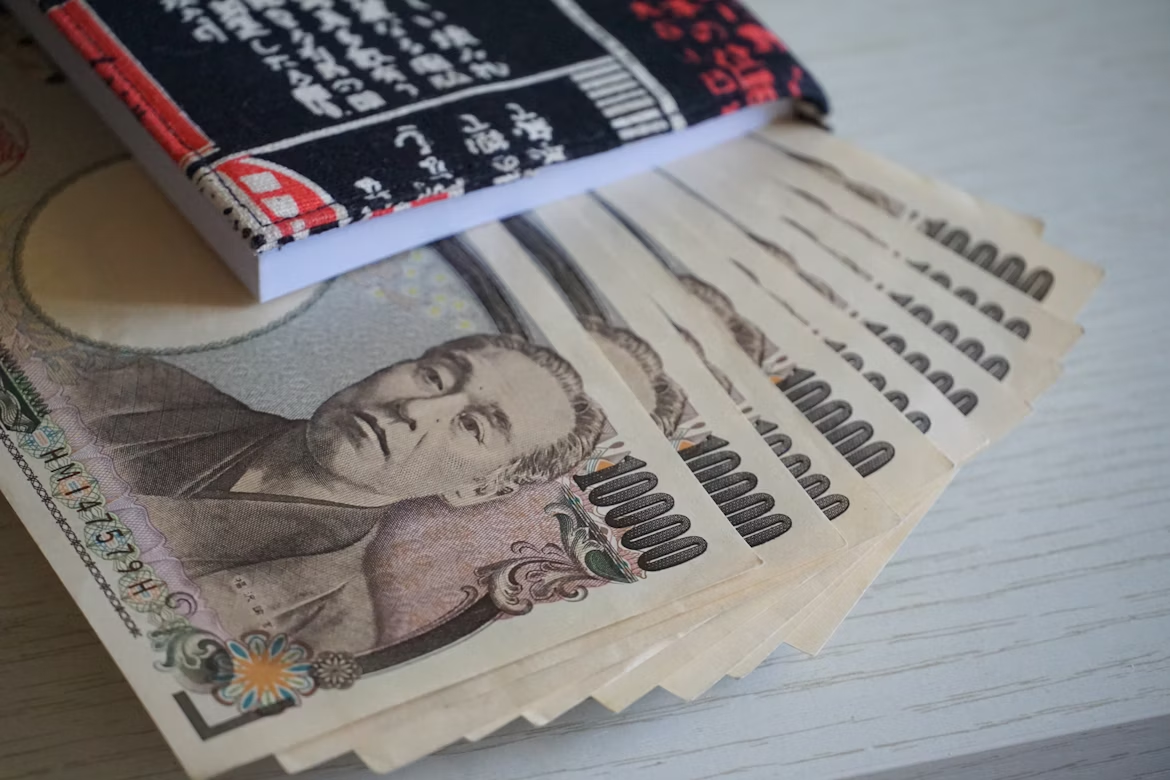
President Donald Trump's recent announcement of sweeping tariffs targeting 14 countries, 10 of which are in Asia, is one of the most aggressive trade escalations in modern diplomatic history. Trump issued the tariff letters to Asian allies, mainly Japan and South Korea (both facing 25% tariffs), alongside Southeast Asian nations such as Thailand (36%), Malaysia (25%), Cambodia (49%), Indonesia (32%), and Myanmar and Laos (both 40%). This revised focus on the Asian region could suggest a shift in America's approach to its traditional allies, with the weighted average tariff for goods from Asia set to rise from 4.8% in January to 27% by August 1st per NYTimes. Asians, who had built their economy based on supplying Western markets, now face the reality that their decades-long economic relationship with the United States could be viscerally affected with this change, regardless of their prior strategic partnerships or security cooperation with Washington.
The most intriguing aspect of Trump's tariff letters lies in their remarkably non-exclusive, template-driven nature, a diplomatic approach that borders on the impersonal. The NYTimes reports that these letters were a replication, with Trump simply "swapping out only each country's name in otherwise virtually identical missives." This mail-merge approach to international diplomacy reveals a sense of mass pressure rather than tailored negotiations, treating longstanding allies like Japan and South Korea with the same standardised threats as nations with more blurred relationships. The uniform language and simultaneous release of these letters suggest that Trump's team views tariff threats as a scalable diplomatic weapon, where personalised consideration for each nation's unique circumstances, contributions to U.S. security, or existing trade frameworks is only supplementary to the broader economic coercion.
Trump's strategy resembles a high-stakes application of credible commitment theory combined with a prisoner's dilemma framework, where he assumes that economic pressure will force Asian nations into a Nash equilibrium favouring American interests. His approach mirrors Professor Robert Axelrod's "tit-for-tat" strategy, where initial aggressive moves are designed to elicit compliance, with the promise of tariff relief serving as the cooperative reward. However, the simultaneous targeting of multiple Asian allies creates a multilayered, multiplayer game that could backfire. By forcing nations to choose between China and the United States through anti-transshipment clauses, Trump risks pushing Asian economies toward greater regional integration and reduced dependence on American markets. The non-exclusive nature of his approach also eliminates the competitive advantage that bilateral negotiations might offer, encouraging collective resistance rather than individual capitulation, with BRICS becoming stronger in convincing non-Western alliances. As South Korea's newly elected President Lee Jae Myung noted, "We have been unable to establish what each side exactly wanted from the other side," a statement that reveals the fundamental flaw in Trump's mass-pressure strategy. The likely outcome is a fragmented global trade system where Asian nations accelerate their diversification efforts, strengthen intra-regional trade relationships, and permanently reduce their economic dependence on the United States, ultimately weakening American leverage in the very region it seeks to dominate.
Source: New York Times, RSDI
Photos: Unsplash
